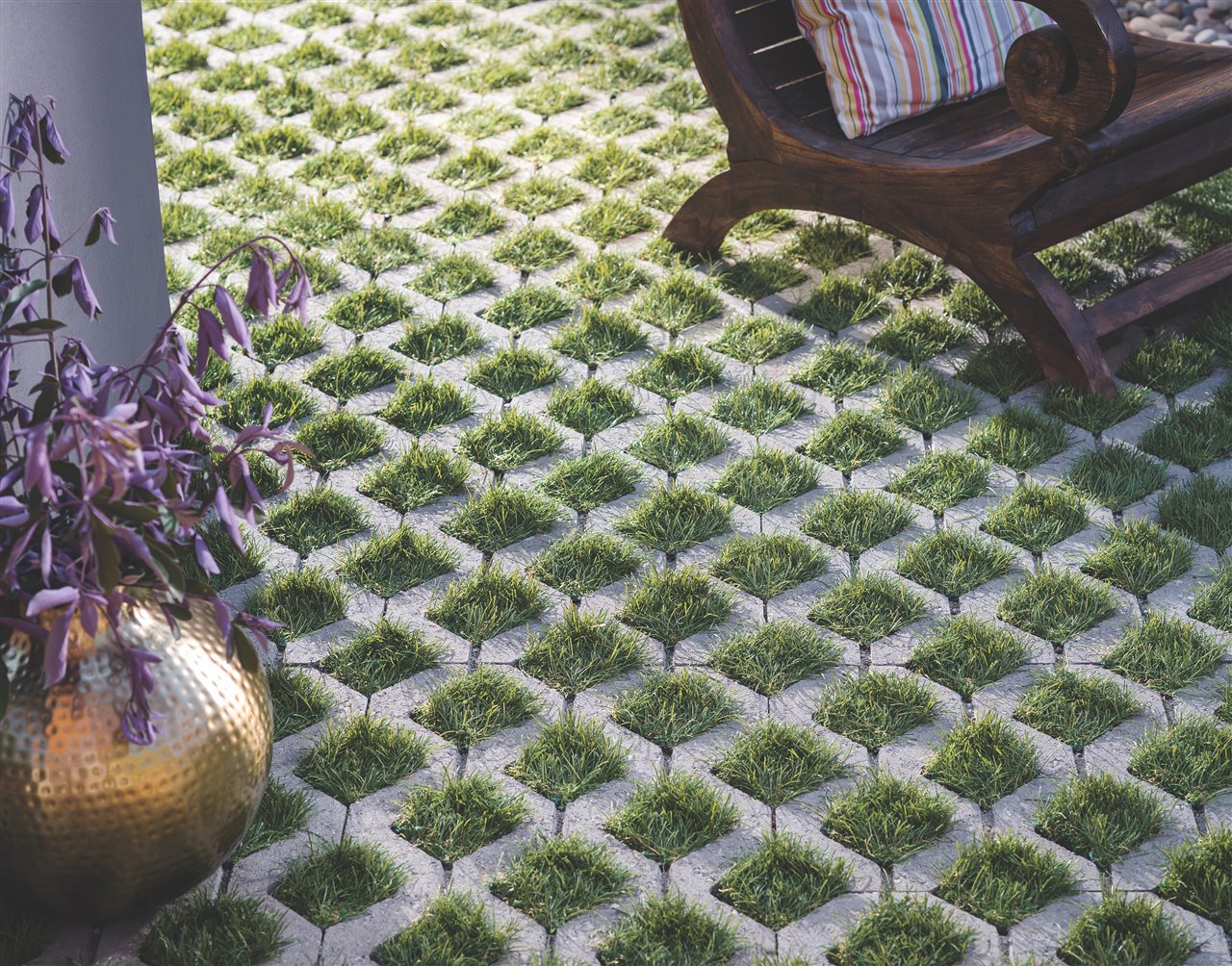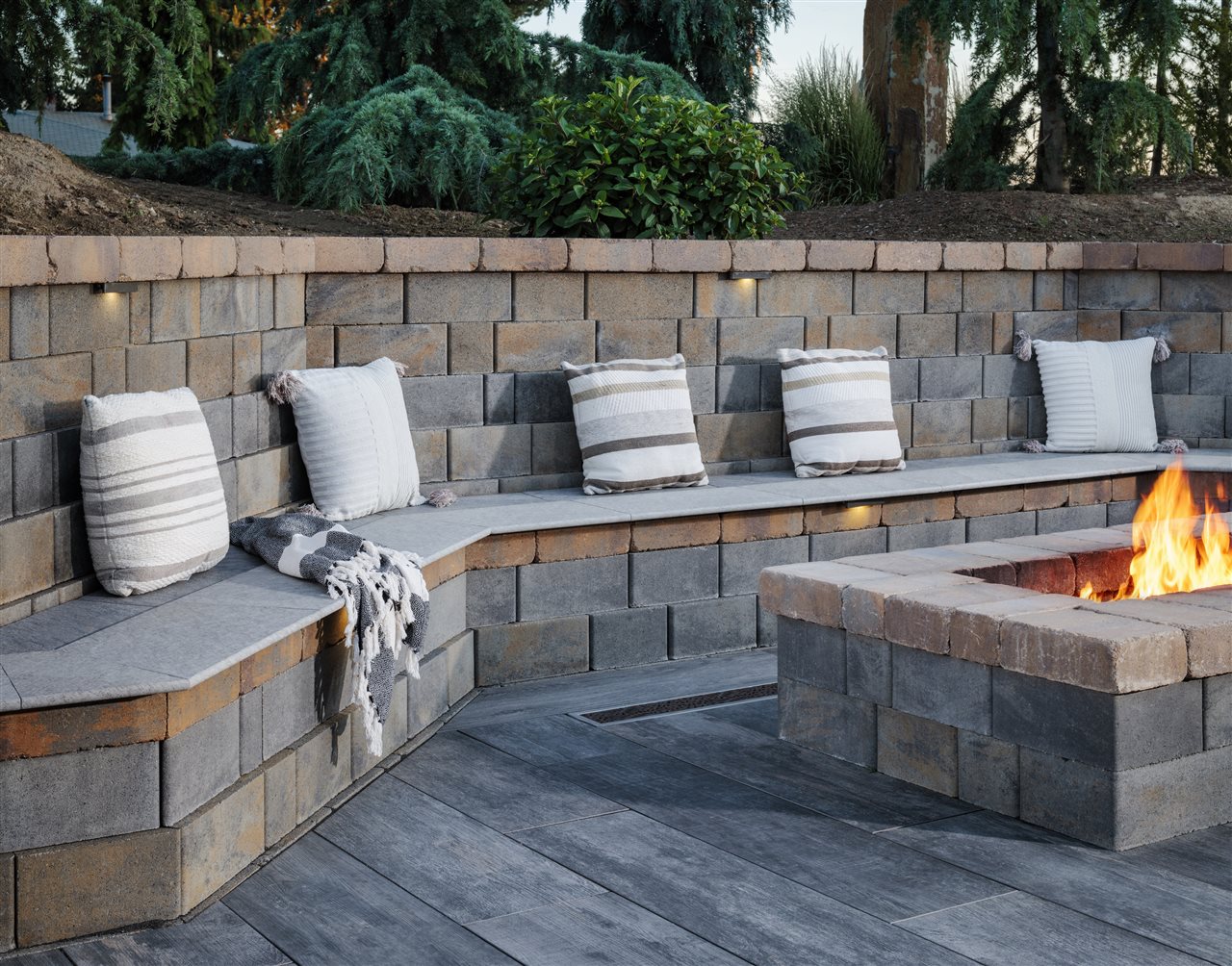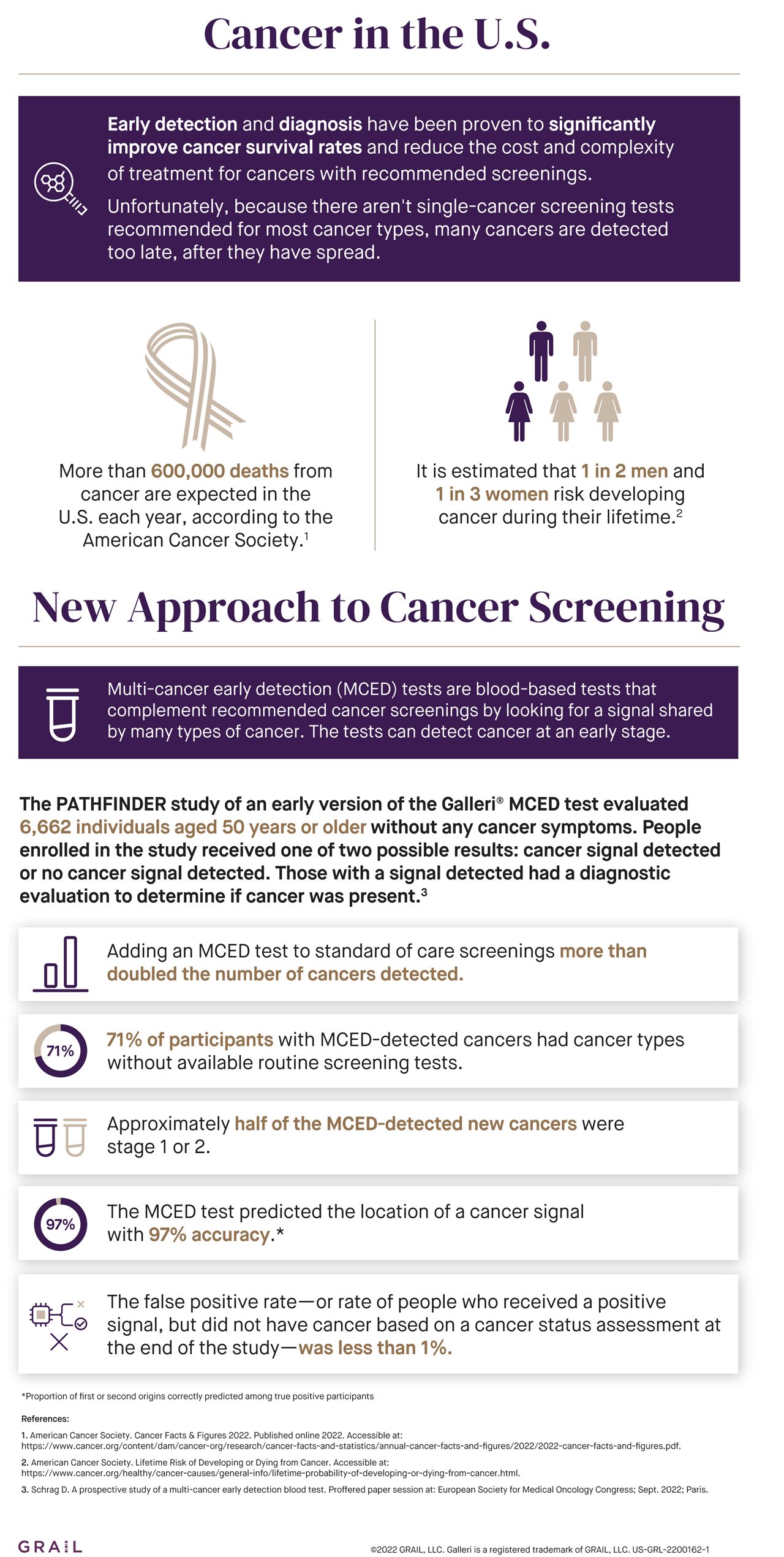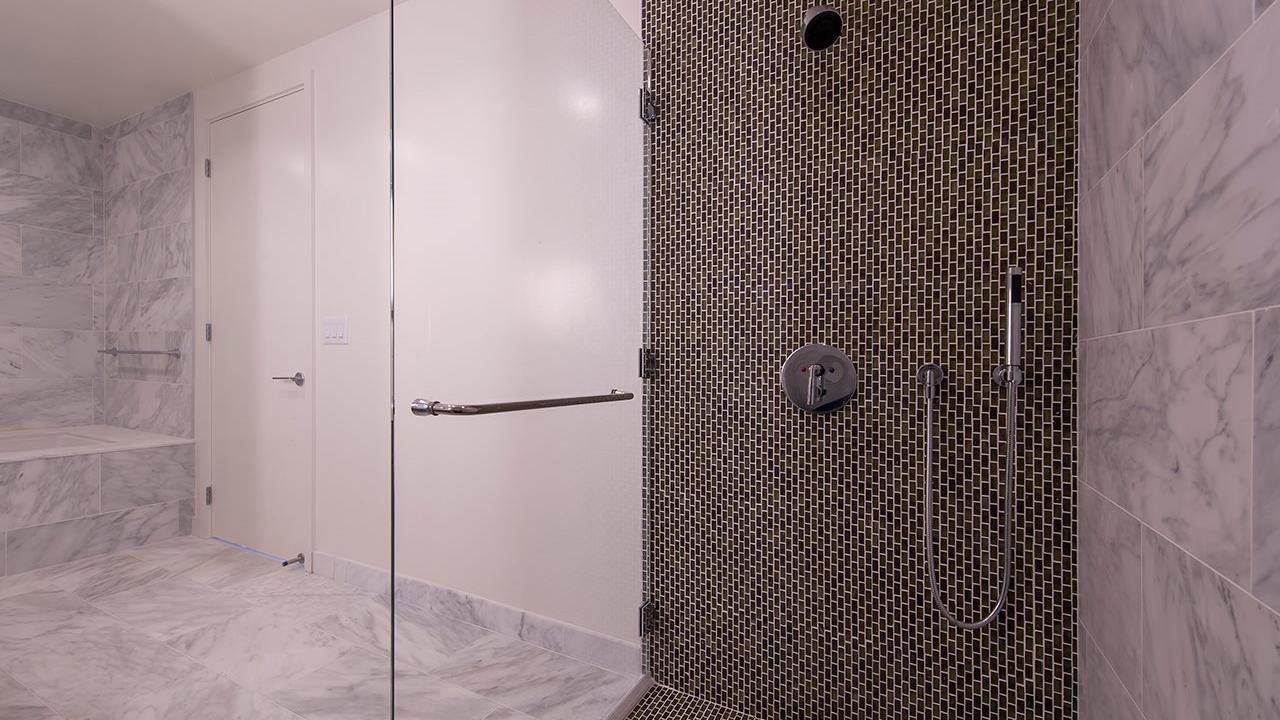2022-12-30T05:11:00
(BPT) – Colder weather does not mean you have to stop tackling all your important home DIY projects. If you’ve been putting off tiling your basement or carpeting the spare bedroom because the surface is unlevel, there’s an easy solution. You can use Quikrete Fast-Setting Self-Leveling Floor Resurfacer to help you make the most of basement rooms or other spaces that may have sloping, uneven or cracked floors.
With this product, you can resurface most floors with a single application, creating a smooth surface for the installation of ceramic tile, carpet, resilient flooring or other finishes. The product can be installed from 5/8-inch deep to a feather edge, and can even be used outdoors with precautions (such as temperature or eliminating a slope necessary for proper drainage) for areas like patios if the temperature is not below freezing.
You can improve your basement or other floor over a weekend, with the right preparation. Your resurfaced floor will be ready for applying tile or carpet — or leaving just as it is, for lightly trafficked areas.
Before using the resurfacer, you’ll need to assess the current floor’s surface and do some preparation.
Temperature considerations
Quikrete’s Fast-Setting Self-Leveling Floor Resurfacer can be used at any temperature above freezing, but for best results, the temperature should be at least 45 degrees Fahrenheit. Colder temps will slow the setting time for the product, although it will still set faster than typical resurfacing products.
Check for damage and amount of slope
First, examine the floor for large cracks, holes or damage that may need repair before applying Quickrete’s Floor Resurfacer. If you have deep cracks (more than 5/8″ deep) or large chunks of floor to repair, use a fast-set repair mortar and cure such as Quikrete Commercial Grade FastSet Repair Mortar before resurfacing. Small hairline cracks will be easily filled by the floor resurfacer.
Then, use a level to determine how much slope you have. You can apply up to 5/8 of an inch of lift but not more than that in a single application, so if your floor has a bigger slope, you’ll want to use more than one application to level the area.
Gather your materials
All you’ll need is the Quikrete Fast-Setting Self-Leveling Floor Resurfacer, a heavy-duty drill with a paddle mixer, water, a 5-pound bucket, impervious gloves and Quikrete Concrete Bonding Adhesive (No. 9902). The resurfacing product is self-leveling, so no trowel is required. Make sure to follow safety precautions and wear impervious gloves such as nitrile when using products.
Clean and prime your floor
It’s essential that all surfaces are clean and free of foreign substances including dirt, dust, oil, grease and paint. After cleaning, you’ll need to prime the clean, dry floor surface with diluted QUIKRETE Concrete Bonding Adhesive (No. 9902). Follow the product’s instructions for use and allow time to dry. The bonding adhesive should be dry to the touch (drying takes about 1-2 hours, depending on conditions) before using the resurfacer.
Apply the resurfacer
Mix the resurfacer with water according to the product instructions. Starting in the center of the space, pour the material directly from the mixing container in continuous strips of about 1 foot (30 cm) wide across the narrow section of the application area. Placing should be done as one continuous operation, with no screeding or troweling necessary. The mixed material will remain fluid for approximately 20 minutes, and will level itself to a smooth surface. Pour the next strip adjacent to the edge of the previously placed material. The adjacent strips should be poured within 15-20 minutes to ensure a smooth, continuous surface. Continue to work without breaks until the entire application area is covered.
Allow the resurfacer to cure
Curing time will vary depending on area conditions. During the first 24 hours, keep the area covered or damp to prevent excessive loss of water, which can cause cracking. You can also use Quikrete Acrylic Concrete Cure & Seal, plastic sheeting or the application of a very fine fog spray of water to help prevent shrinkage cracking.
Following these steps can help you maximize your home’s underused basement or other spaces, providing rooms with smooth, level floors. Visit Quikrete.com for information about this and other home DIY products.






























